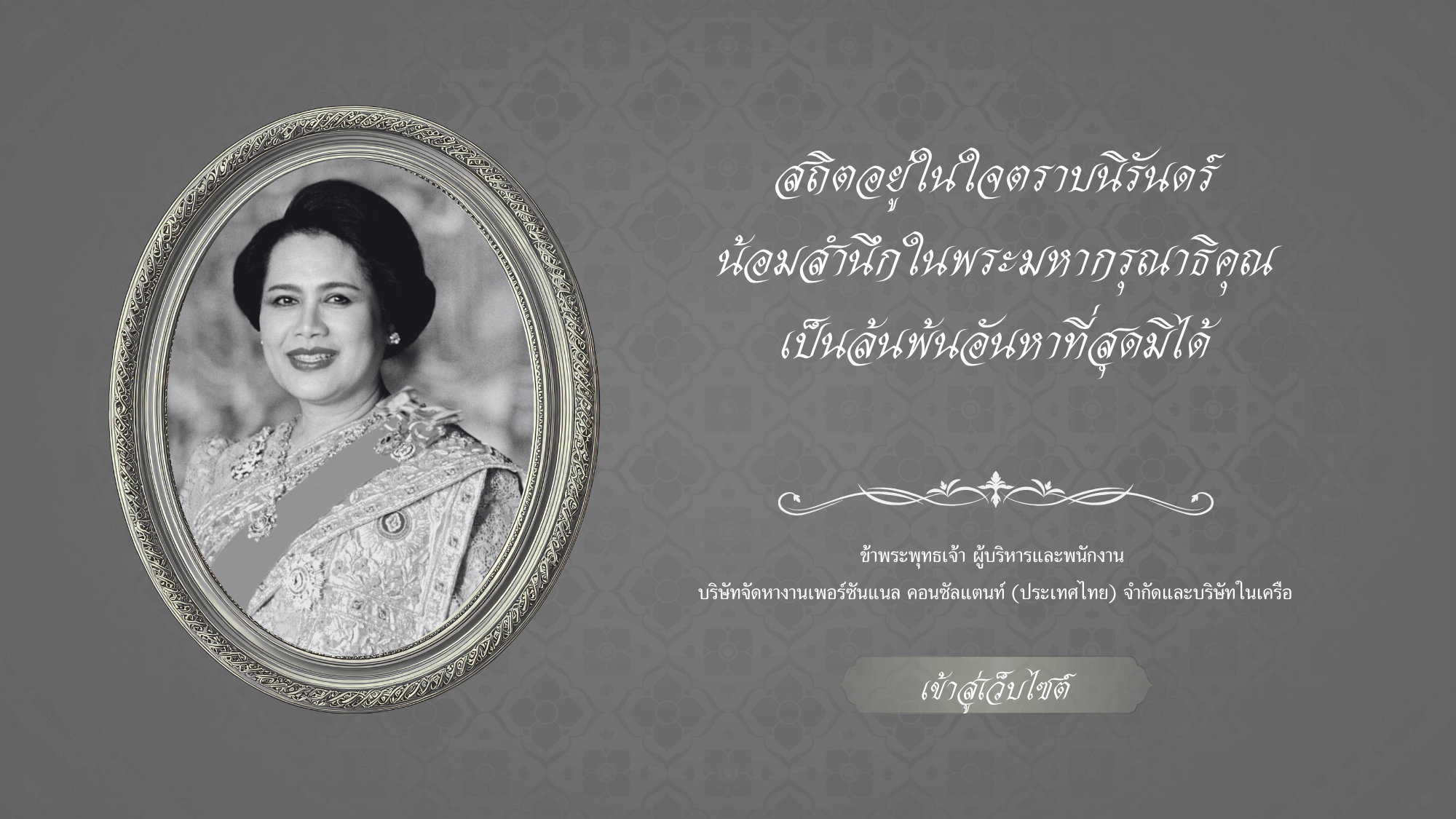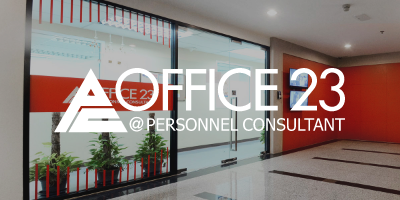Recruitment & Retention: Key Strategies for Managing Talent in the Modern Workforce
In today’s competitive landscape, “talent” is the most valuable resource for any organization. Whether it’s employees with specialized hard skills or strong emotional intelligence and collaboration abilities (soft skills), acquiring the right people—and keeping them for the long term—has become a top priority for HR teams and leadership at all levels.
Part 1: Why is Top Talent So Hard to Find?
1.A Changing Job Market Today’s workforce is no longer driven solely by job titles and salaries. The new generation of employees seeks purpose in their work and prioritizes quality of life and work-life balance. They’re drawn to organizations that value ESG principles, offer flexibility, foster a strong company culture, and provide learning opportunities—often above job security or pay alone.
2.Rapidly Evolving Skill Requirements In the past, hiring often focused on experience or degrees. Today, due to technological advancements and AI, being a “top talent” means more than being highly skilled—it requires learning agility and adaptability. What matters more is how fast someone can learn new things, rather than what they already know. New skills like digital marketing, data analytics, and AI ethics didn’t exist in many curriculums five years ago, but they’re in high demand today.
3.Cross-Industry Competition for Talent Talented individuals—especially in tech or with strong English skills—are no longer tied to one industry. For example, developers may work in startups, e-commerce, or finance. Multiple industries now compete for the same high-potential candidates, making them even harder to find. It’s not just companies in the same sector vying for top talent—tech firms, startups, and international companies are also in the race.
Part 2: Practical Strategies for Recruiting Top Talent
1.Strategic Workforce Planning Start by analyzing existing skill gaps and plan 6–12 months ahead in alignment with business goals. For example, if a company plans to expand internationally, it may need to hire multilingual sales staff or HR professionals with regional experience.
2.Build a Strong Employer Brand Many top candidates choose organizations, not just jobs. Reputation and image matter. Companies must communicate and strengthen their employer branding and company culture through platforms like LinkedIn, TikTok, their website, or employee reviews.
3.Diversify Recruitment Channels Traditional job boards (e.g., JobThai, JobsDB) may not be enough anymore. Companies should also explore:
- LinkedIn Recruiter to find active and passive candidates
- Referral programs with rewards
- Virtual job fairs or university partnerships
- Talent pools via communities or Line Official Accounts
4.Prioritize Candidate Experience Candidate experience strongly influences decision-making. From job posting to interviews and feedback, the process must be transparent, fast, and considerate. Examples:
- Simple application forms
- Feedback within 3–5 days
- Interviewers should provide clear, complete information Even rejected candidates may promote the organization positively if the experience was
Part 3: Retaining Talent in Your Organization
1.Clear Career Paths No one wants to stay where there’s no future—especially top performers. They need to know what they’ll learn over the next 2 years, what roles they can grow into, or whether they can shift to another function. HR should implement Individual Development Plans (IDPs) and systemized Talent Development strategies. Frequent feedback helps employees see a future in the organization.
2.Purpose-Driven Organizations Employees, especially younger ones, want to do meaningful work. Having a clear mission and making a positive impact (e.g., ESG, DEI, or sustainability initiatives) helps attract and retain top talent.
3.Flexibility at Work Post-COVID, many employees are accustomed to remote work and more family time. Companies that insist on full-time office attendance without clear reasons often lose talent to more flexible employers. Hybrid work, remote options, or flexible hours are key factors for retaining today’s workforce.
4.Competitive Compensation & Benefits Beyond salary, benefits that matter to talent include:
- Enhanced health insurance
- Flexible leave (e.g., unlimited leave or birthday leave)
- Support for upskilling (e.g., online courses, seminars)
- Goal-based bonuses and incentives
5.A Learning Culture Top talent needs space to explore, make mistakes, and grow. Organizations that foster psychological safety retain talent better than those that operate on strict hierarchies and commands.
Part 4: Success Metrics for Recruitment & Retention
1.Time to Hire Measures the duration from job posting to onboarding. A shorter time indicates agility and strong market appeal.
2.Retention Rate Tracks how long talent stays, especially new hires. If many leave within 6 months, it could signal onboarding issues or culture mismatches.
3.Engagement Score Indicates employee satisfaction and connection, often collected via surveys.
4.Candidate Experience Score Gathers feedback from applicants after the hiring process—crucial for employer branding, whether or not they’re hired.
Recruitment and retention of top talent is no longer just HR’s responsibility. It’s a company-wide effort, from top executives to frontline managers. Understanding labor market trends, recognizing the needs of modern workers, and being ready to adapt are the keys to successful talent management in today’s world.
Source : Humanica Prachachat
 Personnel Consultant , we’re Japanese recruitment agency company in Bangkok.
Personnel Consultant , we’re Japanese recruitment agency company in Bangkok.
We has been in the business of recruiting Thai and Japanese talent for 30 years.
Companies looking for talent & staffing , please contact us through this form https://www.personnelconsultant.co.th/en/contact/
Tel.02-2608454 Email : jobs@personnelconsultant.co.th













